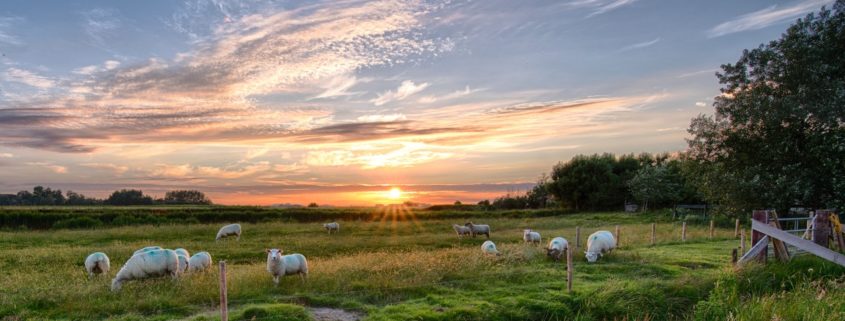Regenerative Agriculture Hits the Mainstream
If you’re a cattle producer, you may already have heard the term “regenerative agriculture.” If you’re a grain producer, maybe not.
But that’s about to change. This spring, General Mills announced a plan to advance regenerative agriculture practices on one million acres of farmland in the U.S. and Canada by 2030, and Cargill Canada announced its Sustainable Canola Program.
“We have been feeding families for more than 150 years and we need a strong planet to enable us to feed families for the next 150 years,” General Mills chairman and CEO Jeff Harmening said in a press release. “We recognize that our biggest opportunity to drive positive impact for the planet we all share lies within our own supply chain, and by being a catalyst to bring people together to drive broader adoption of regenerative agriculture practices.”
The Rodale Institute in the U.S. coined the term to describe a kind of organic agriculture that not only maintains soil resources but improves them by limiting soil disturbance, maintaining soil cover, increasing biodiversity, keeping living roots in the ground and integrating animals into cropping systems.

